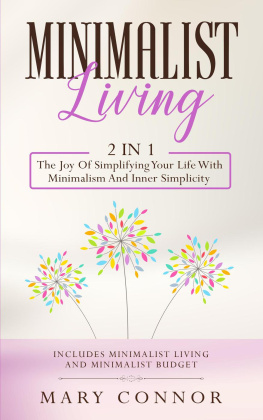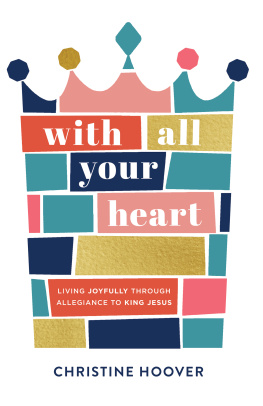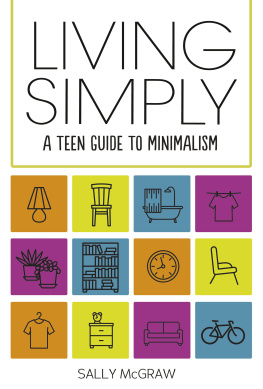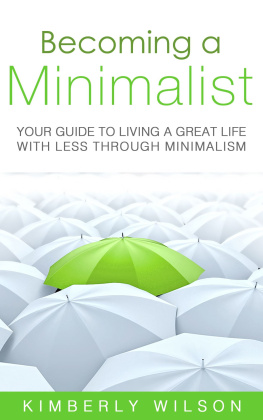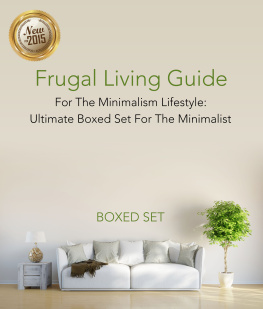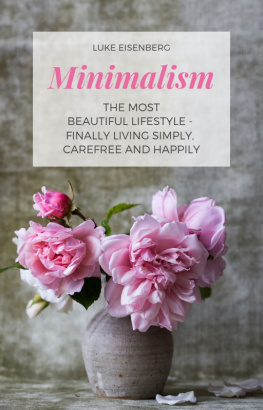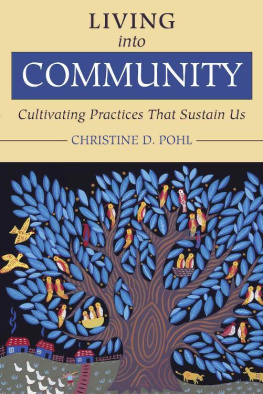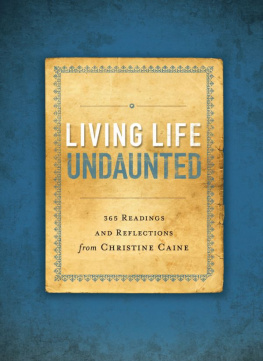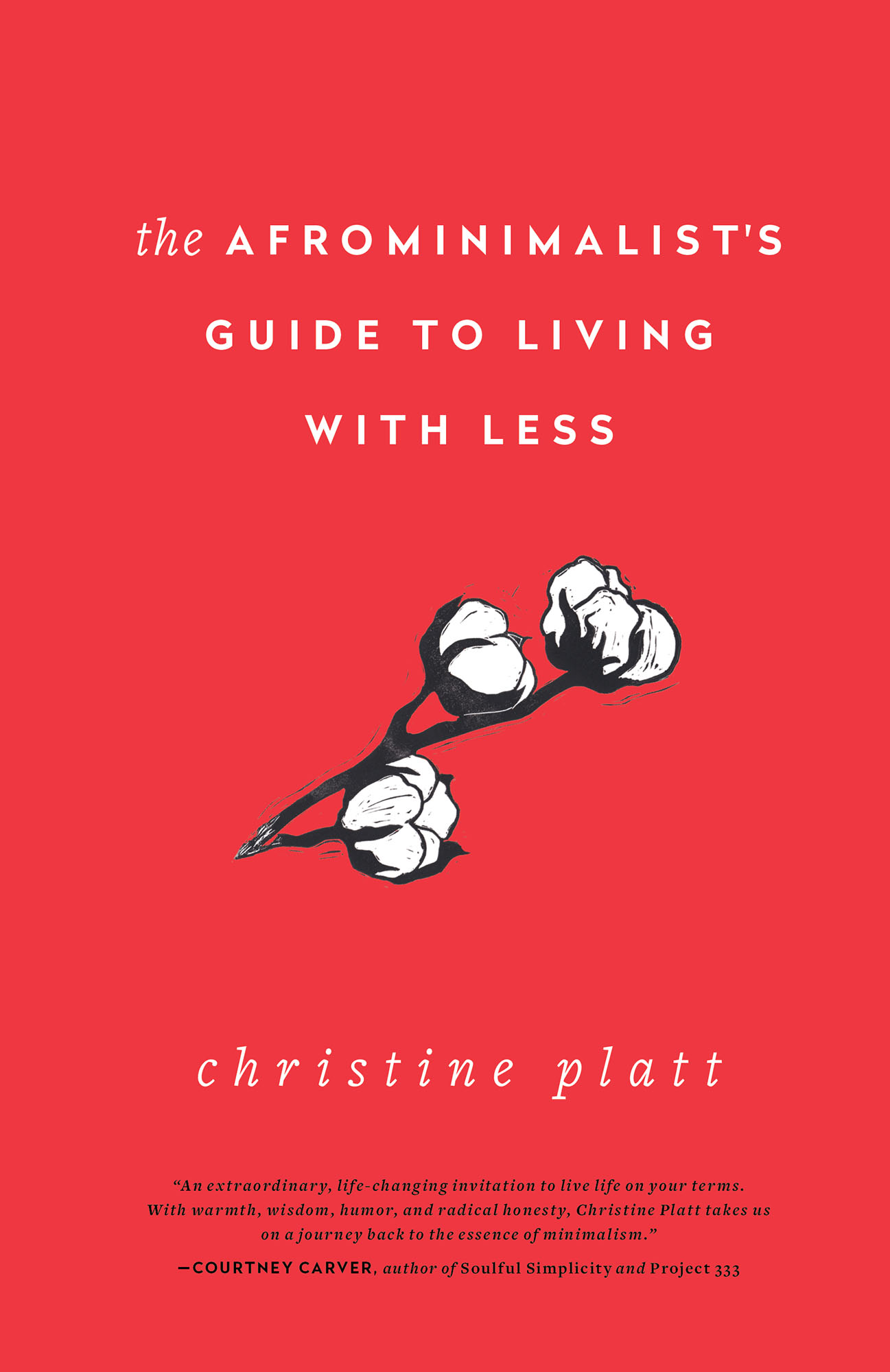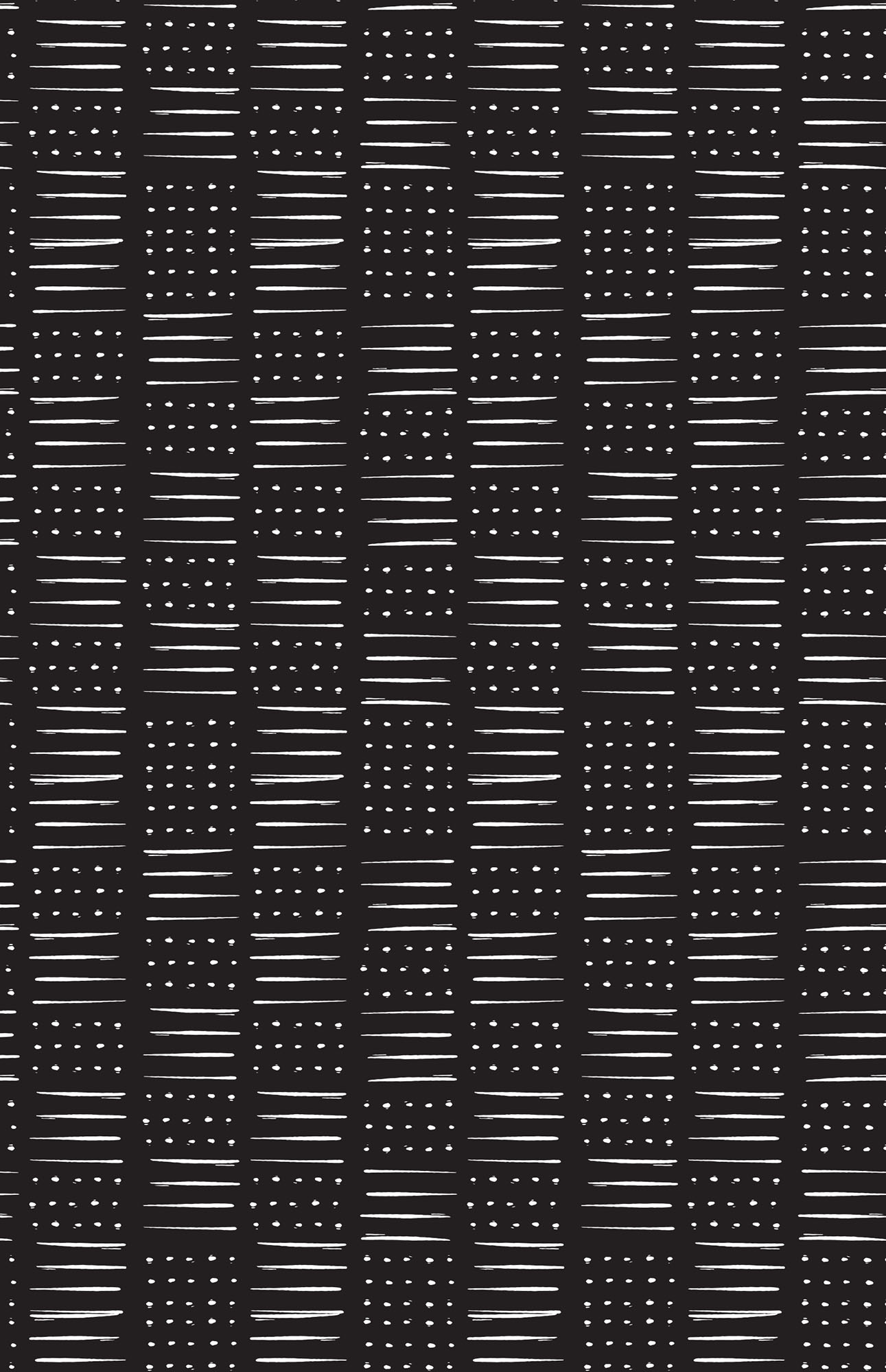Contents
Guide
The Afrominimalists Guide to Living with Less
Christine Platt
An extraordinary, life-changing invitation to live life on your terms. With warmth, wisdom, humor, and radical honesty, Christine Platt takes us on a journey back to the essence of minimalism.
Courtney Carver, author of Soulful Simplicity and Project 333

An Imprint of Simon & Schuster, Inc.
1230 Avenue of the Americas
New York, NY 10020
www.SimonandSchuster.com
Copyright 2021 by Christine Platt
All rights reserved, including the right to reproduce this book or portions thereof in any form whatsoever. For information, address Simon & Schuster Subsidiary Rights Department, 1230 Avenue of the Americas, New York, NY 10020.
First Tiller Press hardcover edition June 2021
TILLER PRESS and colophon are trademarks of Simon & Schuster, Inc.
For information about special discounts for bulk purchases, please contact Simon & Schuster Special Sales at 1-866-506-1949 or .
The Simon & Schuster Speakers Bureau can bring authors to your live event. For more information or to book an event, contact the Simon & Schuster Speakers Bureau at 1-866-248-3049 or visit our website at www.simonspeakers.com.
Interior design by Michelle Marchese
Illustrations by Octavia Thorns
Cover design by Patrick Sullivan
Cotton blossom by Octavia Williams
Library of Congress Cataloging-in-Publication Data has been applied for.
ISBN 978-1-9821-6804-9
ISBN 978-1-9821-6806-3 (ebook)
For the ancestors. Living with less is now our choice.

afrominimalism
a minimalist life influenced by the African diaspora
welcome to the journey

Once upon a time, not so long ago, no one could have convinced me that I would one day write a guide that encouraged others to pursue a minimalist lifestyle. In fact, if someone had even casually mentioned my name in connection with minimalism, I would have laughed.
Me? Choosing to live with less? Ha! I was a bargain shopper. A woman who embraced an I-buy-what-I-want-because-I-deserve-it-especially-if-its-on-sale philosophy. And I had little desire to change.
Although today I am known as the Afrominimalist, for much of my adulthood living with less was not even on my list of aspirations. I once took pride in my overflowing dressers and closets (yes, plural!) and saw nothing wrong with my life of overindulgence. Paycheck to paycheck, I relished the act of shopping for sport and frequently boasted about my limitless ability to find the best deal. As far as I was concerned, like millions of other Americans, I was living the dream.
I bought things because I could. Because I felt that I deserved to be rewarded. Because I worked hard and had earned the right to purchase whatever I wanted whenever I wanted. Because I believed that certain high-end items were reflections of success and so acquiring designer wares was tangible evidence of my societal standing and self-worth. Because some items were so discounted it seemed criminal not to buy them!
This was the pattern of my life as a mindless consumer who acquired things out of habit or want rather than intention or necessity. That is, until the summer of 2016, the first time I was forced to confront and acknowledge the painful reality of my choices. It was the beginning of a fortuitous season of self-discovery, one that would ultimately lead to a lifelong journey of learning to live with less. Because up until then, I had no clue that I owned over fifty pairs of jeans (even though I only wore the same two pairs). I had mastered the art of ignoring the cluttered bins under my bathroom sink, refusing to own up to my obsession with health, beauty, and wellness products (even though I regularly discarded brand-new containers because I was unable to use them before they expired). And I had no idea that my six-year marriage would soon end in divorce, requiring a move from our spacious, two-story marital property in the suburbs to return to the 630-square-foot condo in the city where I had lived as a single woman.
That summer and the months that followed humbled me. I encountered many seemingly insurmountable mountains of hardship. From the painful acknowledgment that I had a lot of expensive things but little savings, to understanding the consequences of failing to prioritize my needs over my wants, the early phases of my journey to minimalism were trials by fire that forced me to accept my overconsumption and wastefulness, and these truths would inevitably lead to my liberation.
Today my journey continues and I am honored to be considered a leading Black minimalist practicioner in a movement that is predominantly White, both literally and figuratively. I had to learn a lot of things the hard way, but I learned. Which is why I feel well-equipped to be your guide. Because I truly believe anyone can embrace a lifestyle of less.
You can be a minimalist. Yes, you!
Over the past decade, the word minimalism has become so trendy, it can often appear to be yet another form of consumerism. Between the allure of simplistic but often expensive furnishings and conflicting (unofficial) rules about how many things a person can own, what constitutes minimalism is not only confusing at times but it can also seem unattainable. Visuals of neutral colors and vast spaces with few expensive furnishings are often presented as the ideal dcor. So, it is not surprising that many people have doubts and fears about their ability to pursue and maintain a minimalist lifestyle.
But it does not have to be this way; it shouldnt be this way.
Becoming a minimalist is not about conforming to a particular design style or simplifying your wardrobe. In fact, focusing on serene, austere spaces can distract from the true practice. Living with less is about being a more mindful consumer. At its core, the practice of minimalism asks us to ensure our belongings reflect our truest selves. Or as I often say, that we only have what we need, use, and love.
Despite appearing complicated, minimalism is quite simple. I can say this with confidence because, well, as I shared, I learned the hard way (see previous page). (Or rather, because I made the practice harder than it needed to be.)
Like so many others in pursuit of simplicity, my journey to less began with online searches and admiring photos on social platforms like Instagram and Pinterest. The beautiful images of clean, tidy spaces left me longing for the lives of the seemingly happy people who occupied them. It was difficult not to be taken with the appeal of minimalism and the joy and ease it promised.
Naively, I thought that if I, too, decluttered and embraced the popular Nordic concept of hygge, I could flip the switch from maximalist to minimalist and live happily ever after with less. I mean, how hard could it be? All I needed to do was paint my walls white, find what sparked joy, and fill donation bags to ensure I had space for what I truly wanted right?








